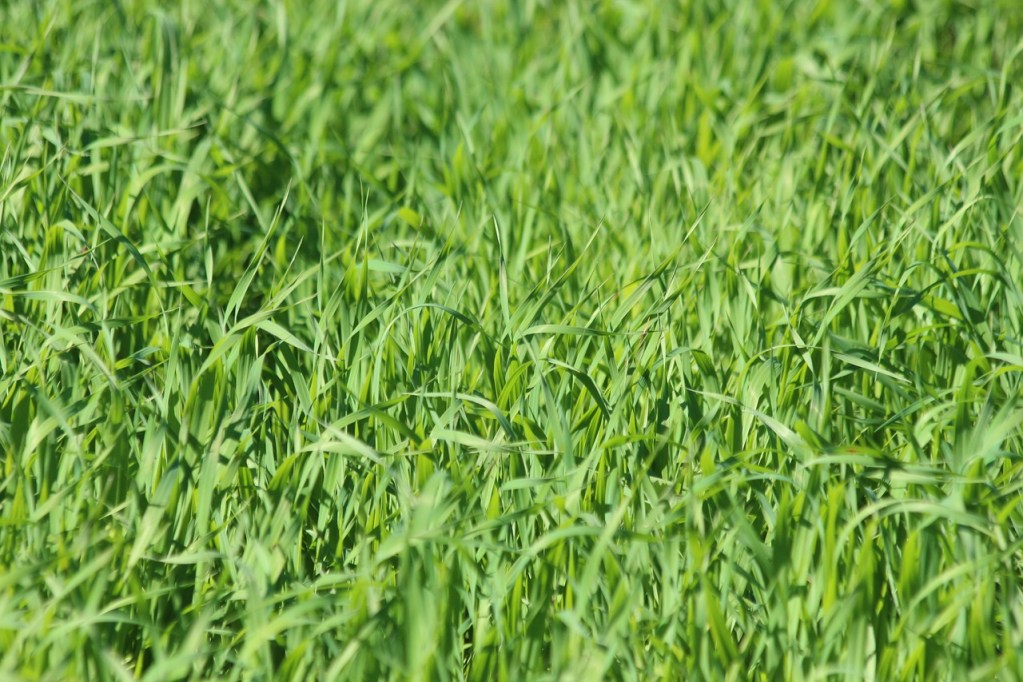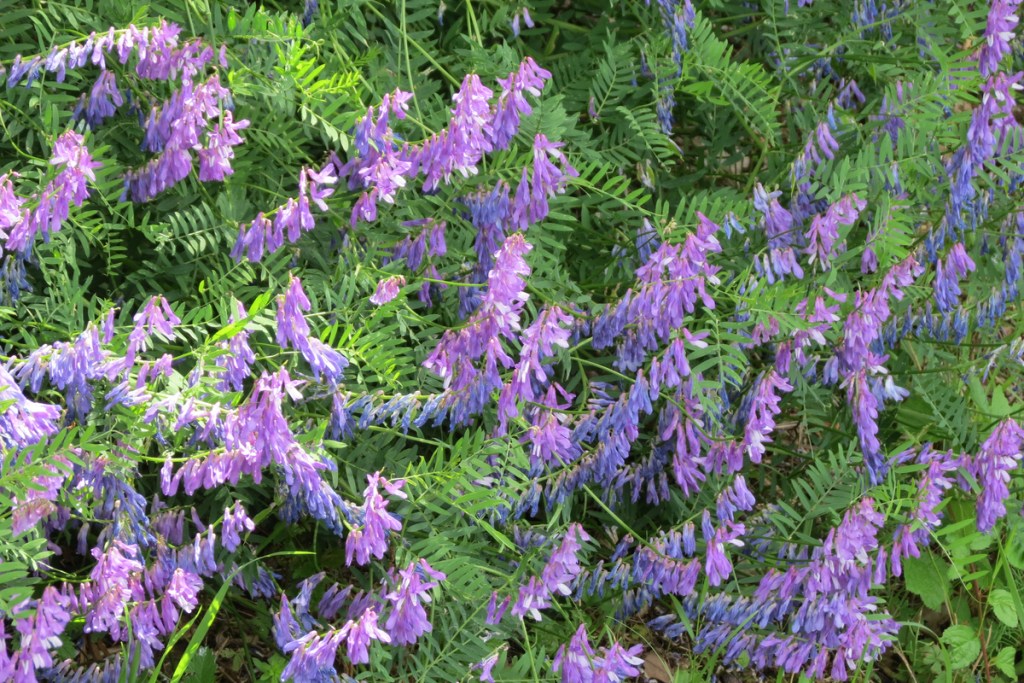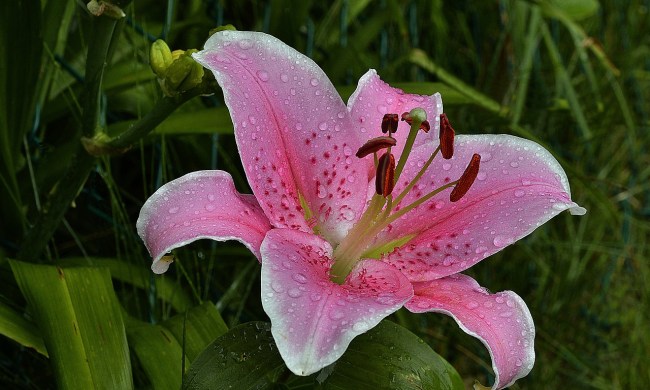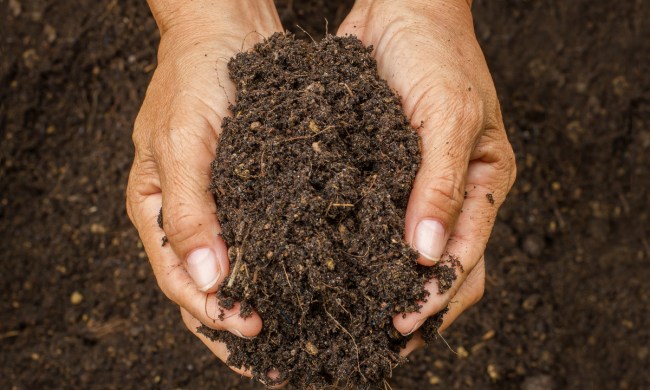Cover crops can provide a lot of benefits for your garden. They can help your soil recover nutrients, choke out weeds, and stop your soil from eroding if you don’t plan on growing a full garden. There are plenty of plants that make good cover crops, but if you’re determined to have only the best for your garden then you’re in luck. These five plants are some of the best cover crops to start with. Not sure which one to choose? Don’t worry, we’ll tell you everything you need to know about them to make your decision.
Clover
Clover is a favorite cover crop of many gardeners. It grows quickly and covers a wide area without much effort, is low maintenance, and is a nitrogen-fixing plant. This means that bacteria in the soil work with the clover plant to take nitrogen from the air and move it into the soil. Additionally, clover is easy to deal with once you’re done with your cover crop and ready to plant your vegetable or flower garden. It can be a source of food if you have a pet rabbit, but it is more commonly composted or used as green manure. There are several varieties of clover, but the most popular choice for cover crops is crimson clover.
Clover prefers full sun to partial shade, but struggles to thrive in full shade. When you scatter the clover seeds, make sure the soil is moist, and keep it moist while the seeds germinate. Once the clover has established itself, water it when the soil dries. In most mild climates, clover can survive off of rainfall alone.
Oats
Oats are a popular choice for cool weather cover crops. Oats grow thickly, keeping encroaching weeds out of your garden with its many stems and extensive root system. It’s an especially good choice if your soil is low in phosphorus. While you can grow them to fruition and harvest some tasty grains, oats are most effective as a cover crop if they’re made into green manure while they’re still green.
Oats are best planted in early spring or fall, when the weather is cool. Oats are tolerant of many soil types and conditions, but they don’t do well in the heat. Although most oats are somewhat drought tolerant, they prefer damp or moist soil.

Ryegrass
Perennial ryegrass is a popular choice for lawns, but it can be an effective cover crop in gardens as well. Ryegrass isn’t the best cover crop if you’re looking to improve your soil quality, as it doesn’t add much back to the soil. However, it’s easy to grow and one of the most effective cover crops when it comes to weed control. As an added bonus, you can begin growing it while you’re still harvesting your vegetable garden. Ryegrass is a cool weather grass, so it’s an excellent choice for a fall or winter cover crop. When you’re ready to grow your next garden, you can mow the grass down and mix what’s left into the soil to act as a green manure.
Vetch
Vetch may have an unpleasant sounding name, but this hardy plant from the legume family makes a wonderful cover crop. Vetch is a great option for both established gardens and new, untested plots of land. It’s tolerant of most soil types, pHs, and climates. Additionally, like most of its relatives in the legume family, vetch is a nitrogen-fixing plant. Hairy vetch is the variety that is most commonly used as a cover crop, and you may find yourself enjoying its flowers as well as its benefits to your soil!

Buckwheat
If you live in an area with a hotter climate, then some of the more common fall cover crops may not be ideal. Buckwheat, however, might be just what you need. Buckwheat is a heat-loving, cold-sensitive cover crop. It’s often planted as a summer cover crop, but can also be planted as a fall cover crop in less mild climates. Buckwheat works well for keeping weeds at bay, and, when cut down and mixed into the soil as a green manure, it can add valuable nutrients to your soil. Avoid planting buckwheat less than a month and a half before the first frost of the year, and make sure it has plenty of water.
Whether your goal is to smother weeds or enrich your soil, these five plants have you covered. Don’t forget, you can mix and match these cover crops, too. A mixture of ryegrass and clover can give you massive benefits with minimal effort. Just be sure you’re mixing plants that need the same things, and, when you’re done, you can cut the plants down, mix them into the soil, and start your next vegetable garden.



